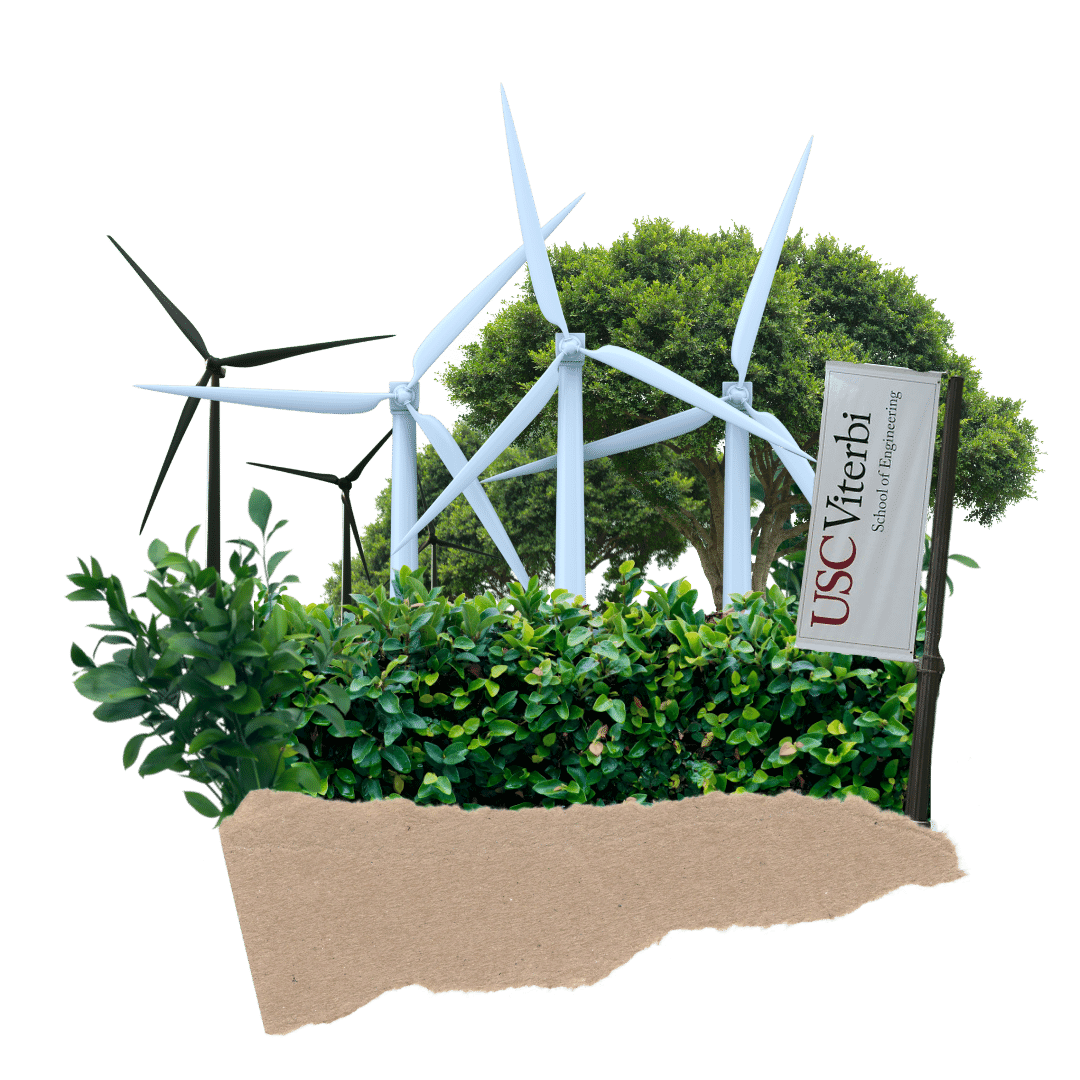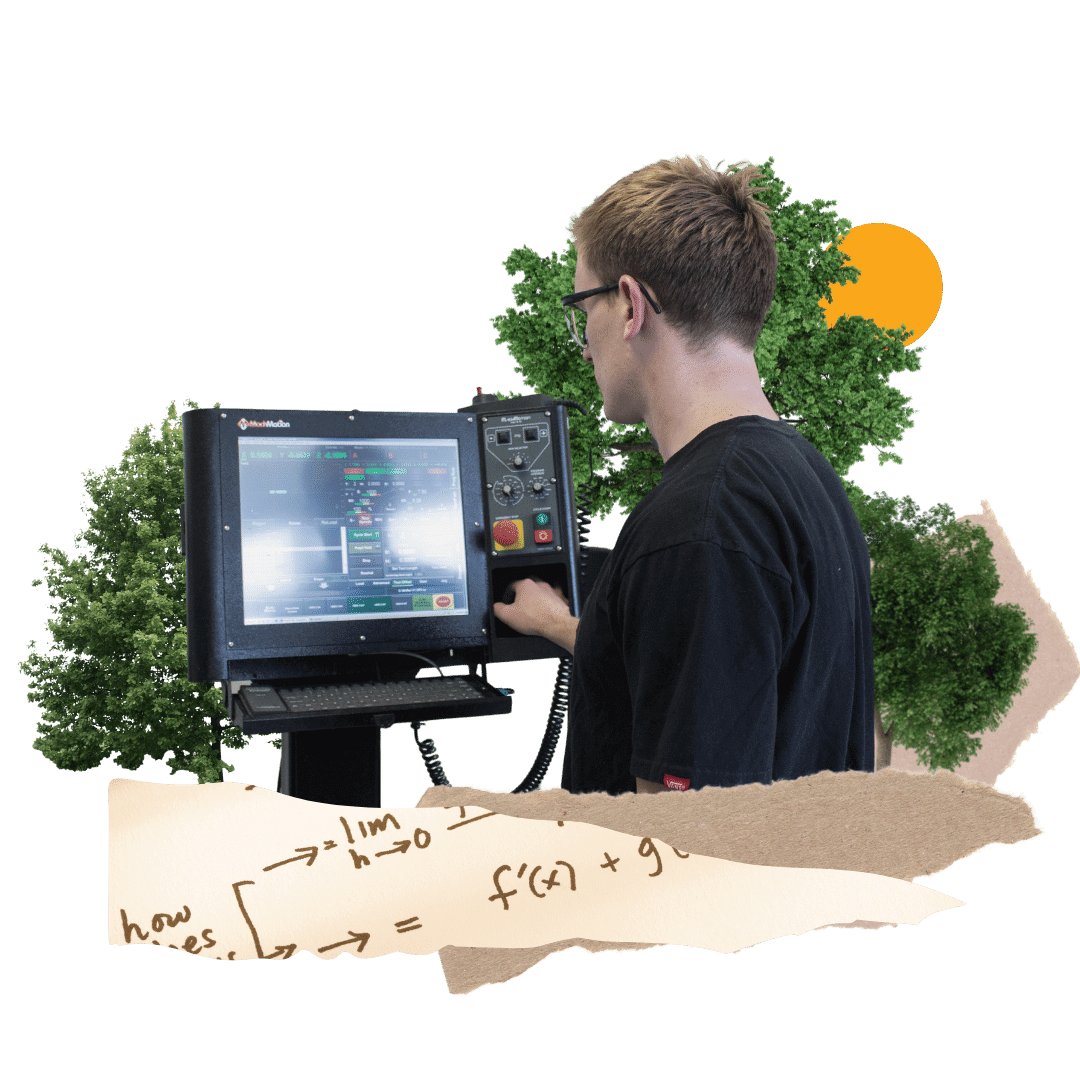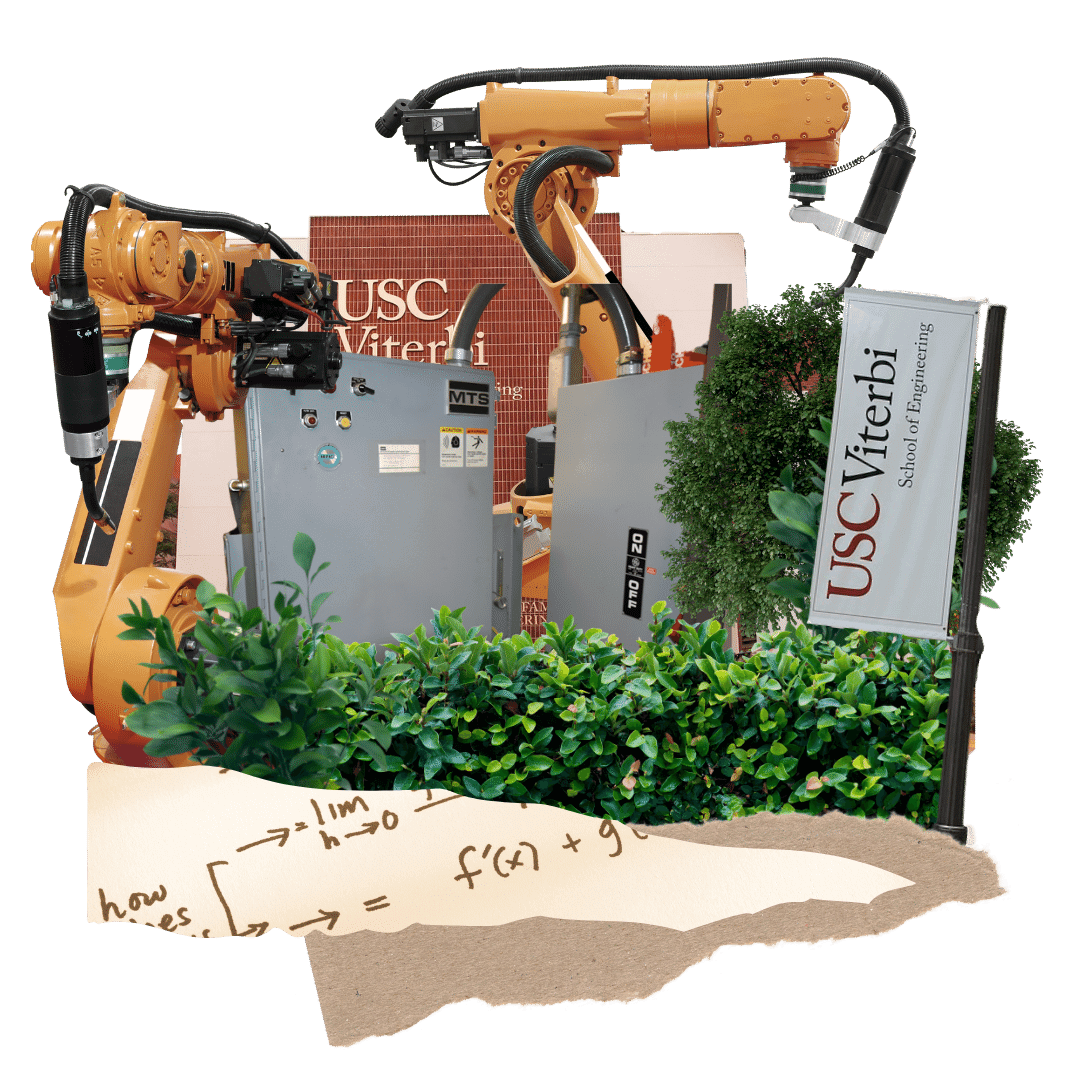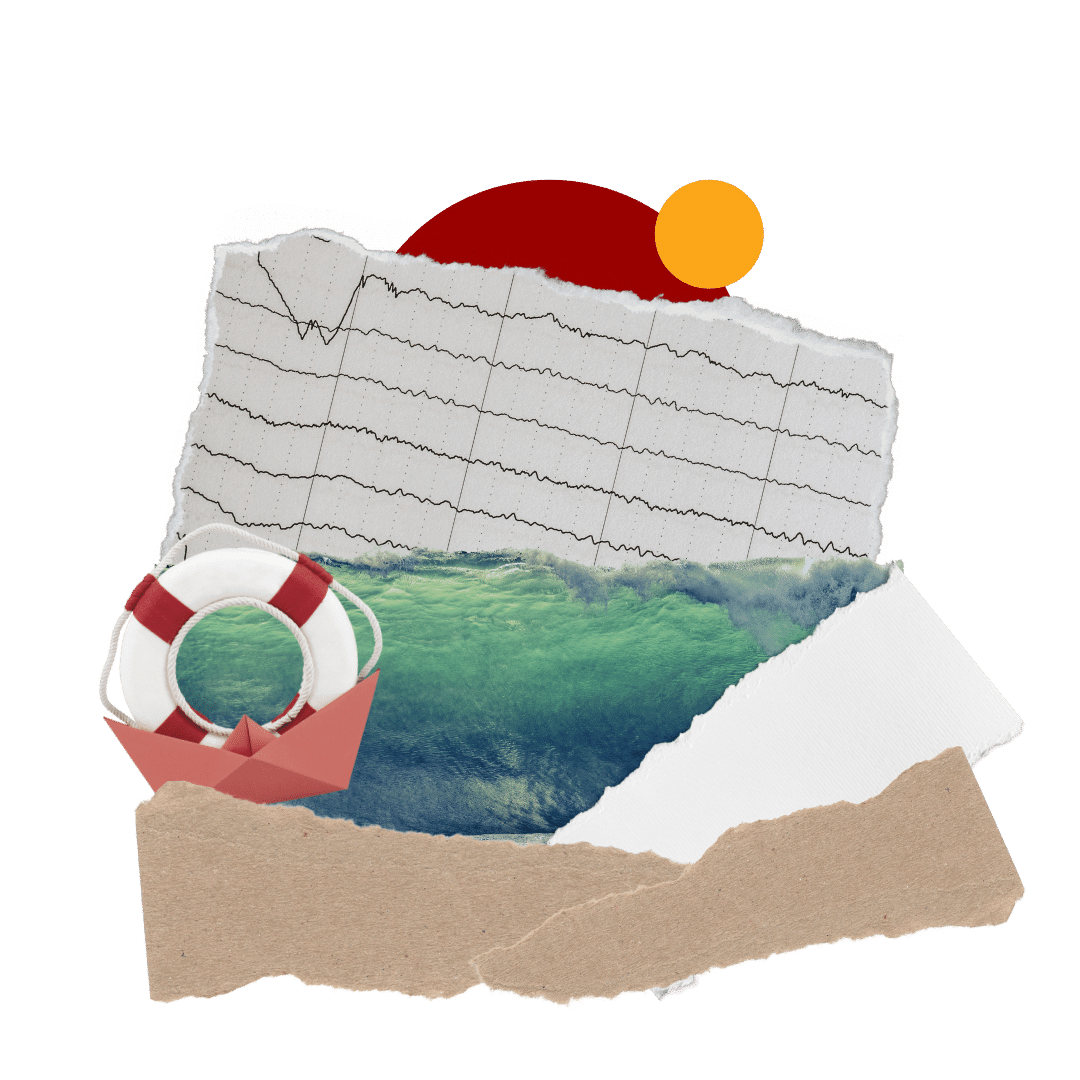
Labs & Centers
The Sonny Astani Department has several research laboratories and centers, listed below.

Air Quality Lab
The Aerosol Laboratory was founded in 1998. The laboratory has become one of the leading centers of small particle research in the U.S. The Laboratory has published over 100 papers and 3 US Patents, just over the past 8 years. Major facilities of the Laboratory include 500 square feet of general laboratory space, equipped with instrumentation for filter testing, instruments for particle generation and measurement, sampling and analysis in the 0.002 to 100 m m diameter range, microscopes, electron microbalance, gas analyzers, and instruments for conducting state-of-the-art toxicology studies on real-life air pollutants.
Faculty
Constantinos Sioutas

Earthquake Engineering - Strong Motion Group
The Earthquake Engineering - Strong Motion Group focuses on:
- Earthquake strong ground motion for engineering applications
- Earthquake response of man made structures, aiming to improvement of the seismic design procedures and earthquake risks reduction.
Its research covers a wide range of topics, such as: earthquake source mechanism, seismic wave propagation, site and propagation path effects on strong ground motion, prediction of strong ground motion for design, probabilistic seismic hazard assessment, strong motion recording and data processing, soil-structure interaction, structural identification and health monitoring using ambient noise and forced vibrations, effects of various realistic representations of strong ground motion on structures.
Faculty
Vincent Lee | Maria Todorovska | Mihailo Trifunac

Foundation for Cross-Connection and Hydraulic Research
Over the years the Foundation has developed a number of products and services designed to help water utilities, health agencies, plumbing inspectors, private contractors and the general public in their cross-connection control efforts.
Faculty
Lucio Soibelman

Innovation in Integrated Informatics Lab (iLAB)
The Innovation in Integrated Informatics LAB (iLAB) research group focuses on the acquisition, modeling, and analysis of the data needed for user-centered built environments, and the design of novel algorithms and visualization techniques to improve built environment efficiency, while increasing user satisfaction.
Faculty
Burcin Becerik-Gerber | Lucio Soibelman

Structures and Materials Research Lab
Faculty
Bora Gencturk | Erik Johnson | Sami Masri | Botong Zheng

Tsunami Research Center
The Tsunami Research Center (TRC) is actively involved with all aspects of tsunami research; inundation field surveys, numerical and analytical modeling, and hazard assessment, mitigation and planning. TRC has developed the tsunami inundation maps for California and the tsunami code MOST, now used by NOAA. MOST is the only validated code used in the US for tsunami hazard mapping with detailed inundation predictions. TRC has surveyed most "modern" tsunamis since 1992.
Faculty
Patrick Lynett | Costas Synolakis

Water Innovations Laboratory
In the Water Innovations Laboratory, research on water reuse and desalination is performed with emphasis on the materials and processes that comprise these systems as well as the chemical contaminants that challenge them.
The Childress Research Team investigates processes and systems for innovative solutions to contaminant and energy challenges including pressure-driven membrane processes as industry standards for desalination and wastewater reclamation, materials and processes for high-recovery applications, membrane bioreactor technology, and colloidal and interfacial aspects of physicochemical processes.
The Smith Research Group explores microbially-driven engineered processes for water management with a focus on resource (e.g., energy, nutrients, and water) recovery from waste streams. His group uses advanced chemical, molecular, and bioinformatics tools to develop new and emerging biotechnologies to improve our water infrastructure.
The McCurry Lab studies the identification, formation, and remediation of chemical contaminants in engineered water sources, especially recycled wastewater. His lab uses tools from analytical and organic chemistry to characterize the formation and transformation pathways of these chemical contaminants to develop engineering solutions to water quality challenges for protection of public health, membrane processes, and wastewater treatment and reuse.
Faculty
Amy Childress | Felipe de Barros | Daniel McCurry | Adam Smith | Qiming Wang

